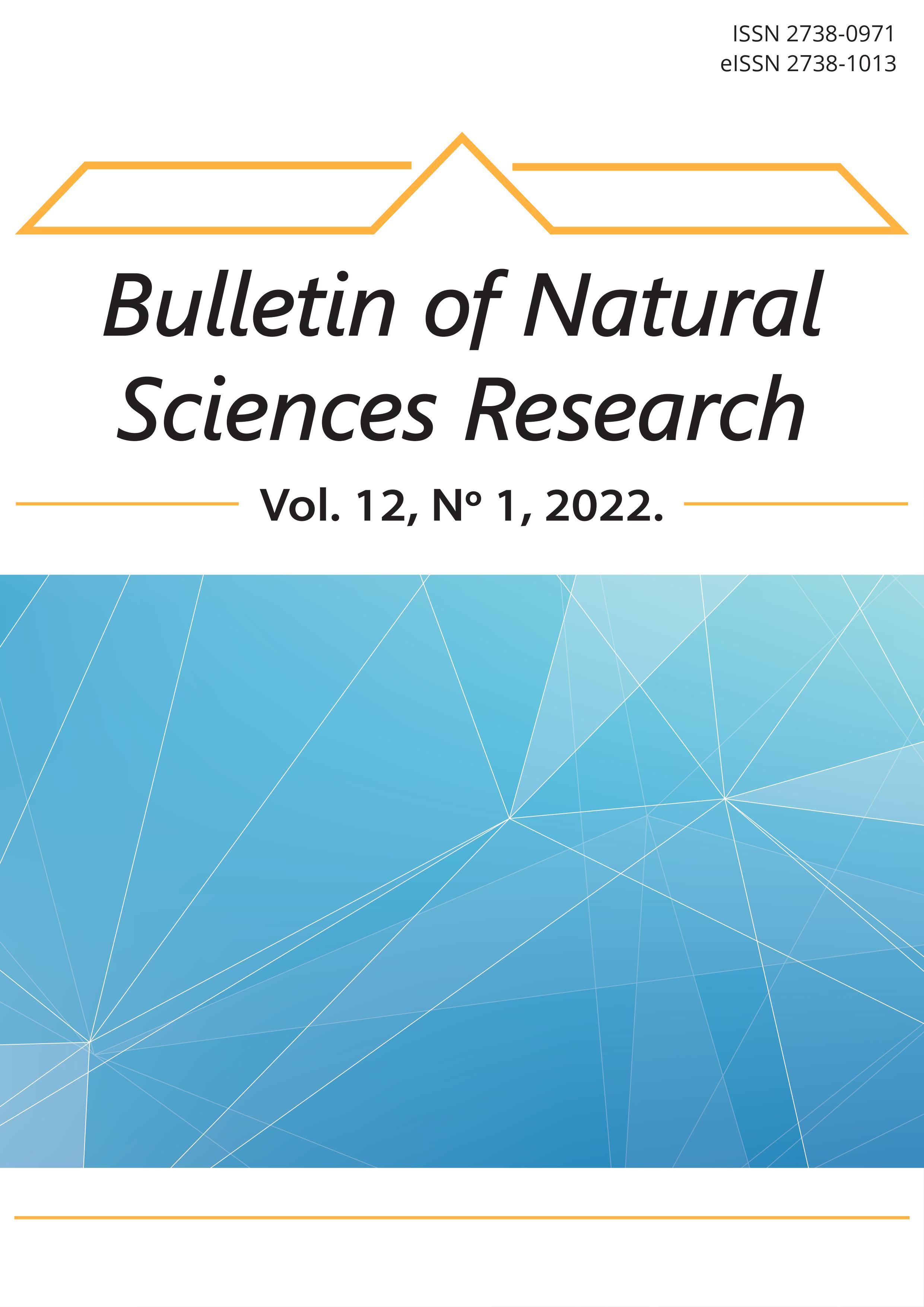ANALYSIS OF STATIC BEHAVIOR OF ION SENSITIVE FIELD EFFECT TRANSISTOR FOR PH MEASUREMENTS
Abstract
The Ion-Sensitive Field-Effect Transistor (ISFET) is one of the most popular pH sensors traditionally using to measure hydrogen ion concentration (pH) of the electrolytic solutions. It is developed from Metal Oxide Semiconductor Field-Effect Transistor (MOSFET) by replacing gate electrode with an electrolytic solution to be tested, and a reference metal electrode immersed in that solution. Basic principle of ISFET operation is based on that of standard NMOS structure in conjunction with the insulator-electrolyte capacitor as described in this paper. The site-binding theory (generalized to two kinds of binding sites), together with the Gouy - Chapman- Stern model for the potential profile in the electrolyte, is coupled to the MOS physics. As a result, an approximate analytical model which completely describes static behavior of the ISFET is obtained. The developed description can serve as useful tool for understanding many contemporary biosensors based on original ISFET structure which has broad application in biomedicine, biological, chemistry and environmental areas.
References
Bandiziol, A., Palestri, P., Pittino, F., Esseni, D. & Selmi, L. 2015. A TCAD-Based Methodology to Model the Site-Binding Charge at ISFET/Electrolyte Interfaces. IEEE Transactions on Electron Devices, 62(10), pp. 3379- 3386.
Bard, A. J., Faulkner, L. R., Leddy, J. & Loski, C. G. 1980. Electrochemical methods: fundamentals and applications, Wiley New York.
Bergveld, P. 1981. The operation of an ISFET as an electronic device, Sensors and Actuators, 1, pp. 17-29.
Bergveld, P. 2003. ISFET, theory and practice. IEEE Sensor Conference, Toronto 2003.
Caras, S. & Janata, J. 1980, Field effect transistor sensitive to penicillin, Anal. Chem., 52, pp. 1935–1937.
Dutta, J. C. 2012. Ion-Sensitive Field-Effect Transistor for applications in bioelectronics sensors: A research review. IEEE 2nd National Conference of Comptational Intelligence and Signal Processing (CISP), pp. 185-191. Cross ref
Gasparyan, L., Mazo, I., Simanyan, V. & Gasparyan, F. 2019. ISFET based DNA sensor: Current-voltage characteristics and sensitivity to DNA molecules. Open Journal of Biophysics, pp. 239-253.
Hazarika, Ch. & Sharma S. 2017. Survey on Ion-Sensitive Field-Effect Transistor from the view point of ph sensitivity and drift. Indian Journal of Science and Technology, 10(37), pp. 1-18.
Heidari, S. & Karami, M. A. 2018. Ion-sensitive field-effect transistor performance enhancement with high bandgap semiconductor, 17th International Meeting on Chemical Sensors – IMCS, pp. 645-646.
Jiao, L. & Barakat, N. 2012. Ion-sensitive field-effect transistor as a pH sensor. Journal of Nanoscience and Nanotechnology, 12, pp. 1-5.
Kevkić, T. & Stojanović, V. 2018. Interpolation Logistic Function in the Surface Potential Based MOSFET Modeling. Univ. thought, Publ. nat. sci., 8(2), pp. 73-78. Doi: 10.5937/univtho8-17067.
Kevkić, T., Stojanović, V. & Petković, D. 2016. Modification of the transition’s factor in the surface potential based MOSFET model. Univ. thought, Publ. nat. sci., 6(2) pp. 55-60. doi:10.5937/univtho6-1360
Lee, C. S., Kim, S. K. & Kim M. 2009. Ion-sensitive field-effect transistor for biological sensing. Sensors, 9, pp. 7111-7131. doi:10.3390/s90907111
Lowe, B. M. L., Sun, K., Zeimpecis, I., Skylaris, C, K. & Green G. N. 2017. Field-effect sensors-from pH sensing to biosensing: sensitivity enhancement using streptavidin-biotin as a model system. The Analyst 142(22), pp. 4173-4200. https://doi.org/10.1039/C7AN00455A
Nakamura, M., Sato, N., Hoshi, N. & Sakata, O. 2011. Outer Helmholtz Plane of the Electrical Double Layer Formed at the Solid Electrode-Liquid Interface. Chem-PhysChem, 12, pp. 1430-1434. https://doi.org/10.1002/cphc.201100011
Passeri D., Morozzi A., Kanxheri K., Scorzoni A., 2015. Numerical simulation of ISFET structures for biosensing devices with TCAD, BioMed Eng OnLine, pp. 425-435.
Pijanowska, D. & Torbicz, W. 2005. Biosensors for bioanalytical applications. Bull. Pol. Acad. Sci. - Tech. Sci, 53, pp. 251-260.
Tarasov, A., Wipf, M., Stoop, R. L., Bedner, K., Fu, W., Guzenko, V. A., Knopfmacher, O., Calame, M. & Scho, C. 2012. Understanding the electrolyte background for biochemical sensing with ion-sensitive field-effect transistors. ACS Nano, 6, pp. 9291-9298.
Si, W. M. & Cobbold, R. S. C. 1979. Basic properties of the electrolyte – SiO2 –Si system: Physical and theoretical aspects, IEEE Transactions on Electron Devices, 26, pp. 1805-1815.
Wu, X. & Jia, A. Z., 2015. Analysis and simulation on an isfet with back-gated structure and high-mobility channel material. Int. Conference CISIA 2015, pp. 883-885.
Yates, D. E., Levine, S. & Healy, T. W. 1974. Site-binding model of the electrical double layer at the oxide/water interface. Journal of the Chemical Society, Faraday Transactions 1: Physical Chemistry in Condensed Phases, 70, pp. 1807-1818.
Ytteralal, T., Cheng, Y. & Fjeldly, T. A., 2003. Device Modeling for Analog and RF CMOS Circuit Design. John Wiley & Sons, New York.
Authors retain copyright and grant the journal right of first publication with the work simultaneously licensed under a Creative Commons Attribution License that allows others to share the work with an acknowledgement of the work's authorship and initial publication in this journal.

